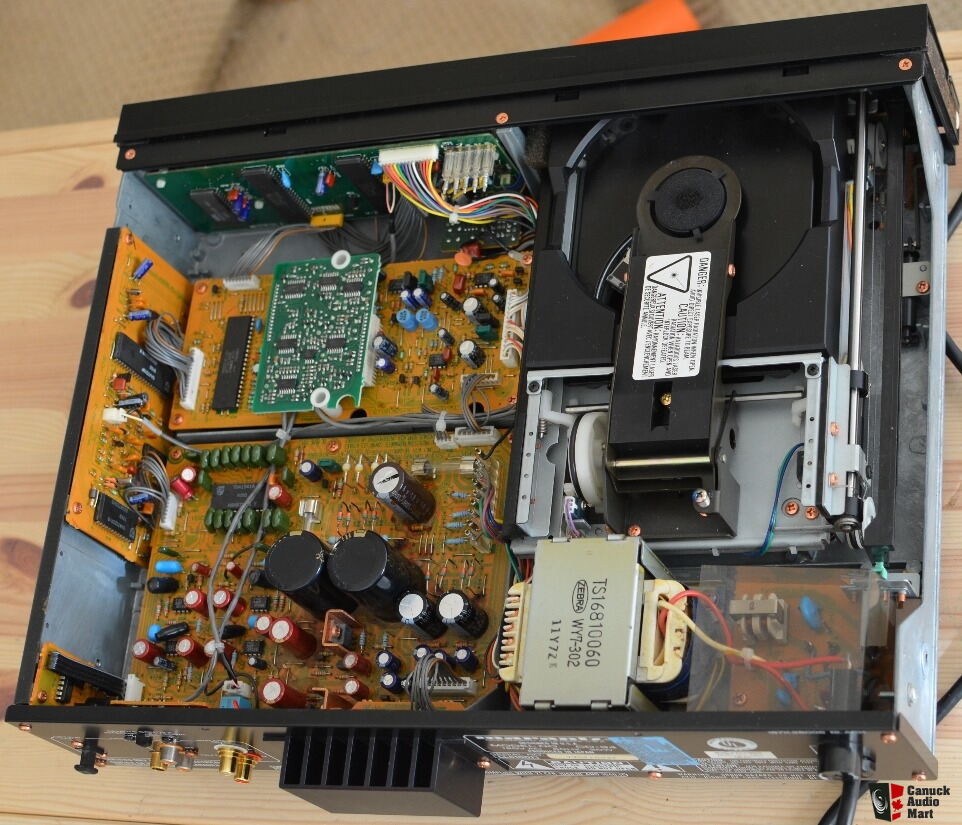I remember an engineer at Arcam telling me at the time the main contributer to the 'sound quality' of these dac chips was almost certainly in the digital filter these machines used as standard and NOT the 1541A (I was asking about the 'Crown' version which apparently had better low level linearity).
Did he mean the mathematical quality of the filter or its digital switching noise? It was the equivalent of 74HC logic, so lots of ground and supply noise and quite a bit of ringing on the clock and data outputs. One did well to try to keep the supply noise local and use 330 R resistors and small caps to filter out the ringing.
Thanks for reminding me about the bit about better low level linearity. Yes, that was claimed by Philips, but with results like here or in Wolf's test, low level linearity must have been excellent already to achieve -102 dB 2nd and -108 dB 3rd harmonic. There are various versions of the TDA1541A data sheet around. I seem to remember the qualification test in the end was THD+N, so maybe in the end they were selecting for lower noise rather than lower THD?
I would guess that better matching of the internal current sources would result primarily in lower noise. Depending on the duration of the measurement, it might also result in better low level nonlinearity in short measurements. With longer integration time, this would likely average out.
So Amir, what is the integration time in your test?

www.audiosciencereview.com

